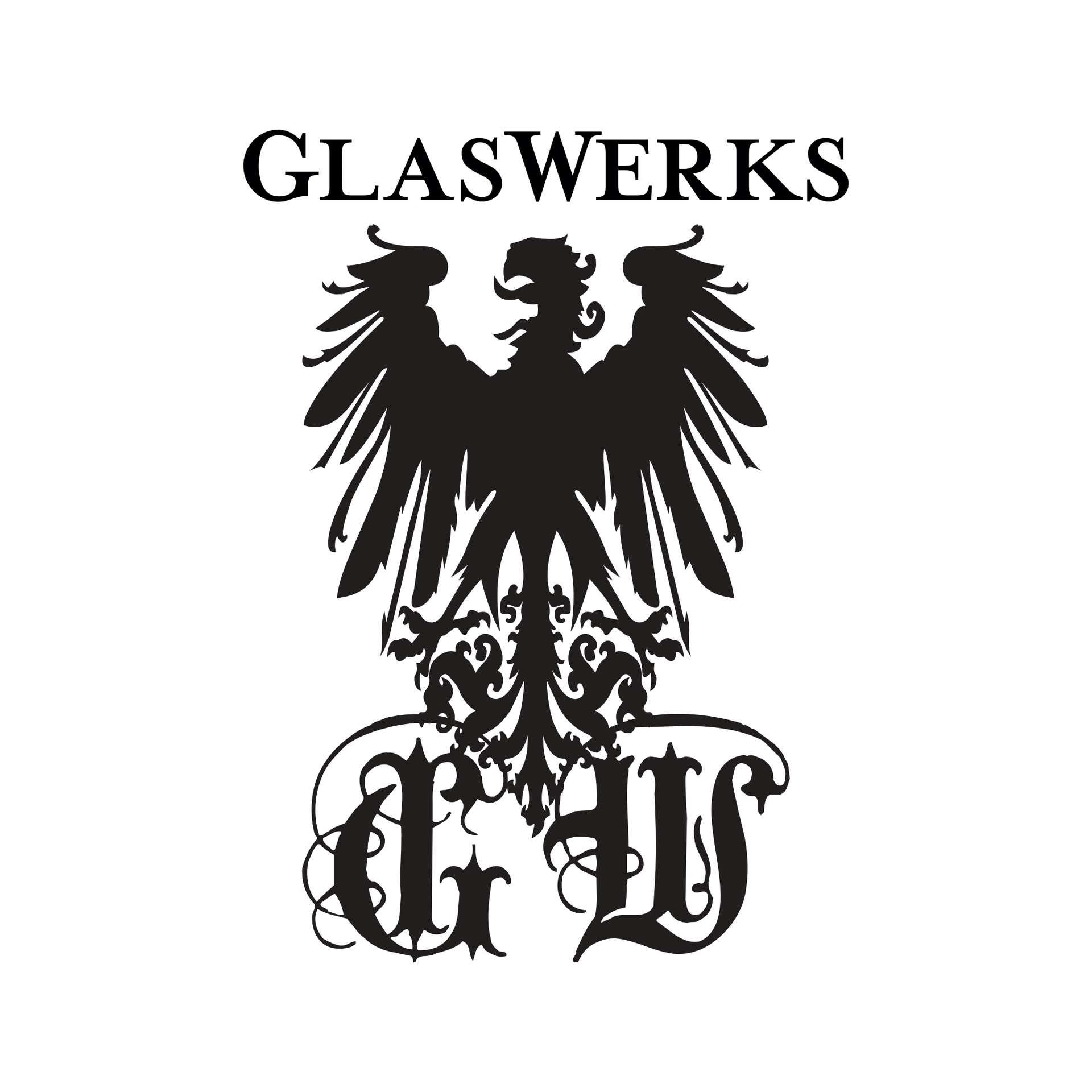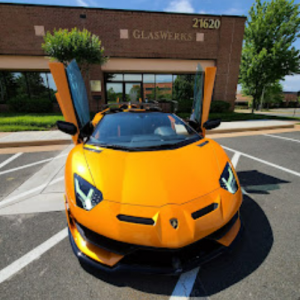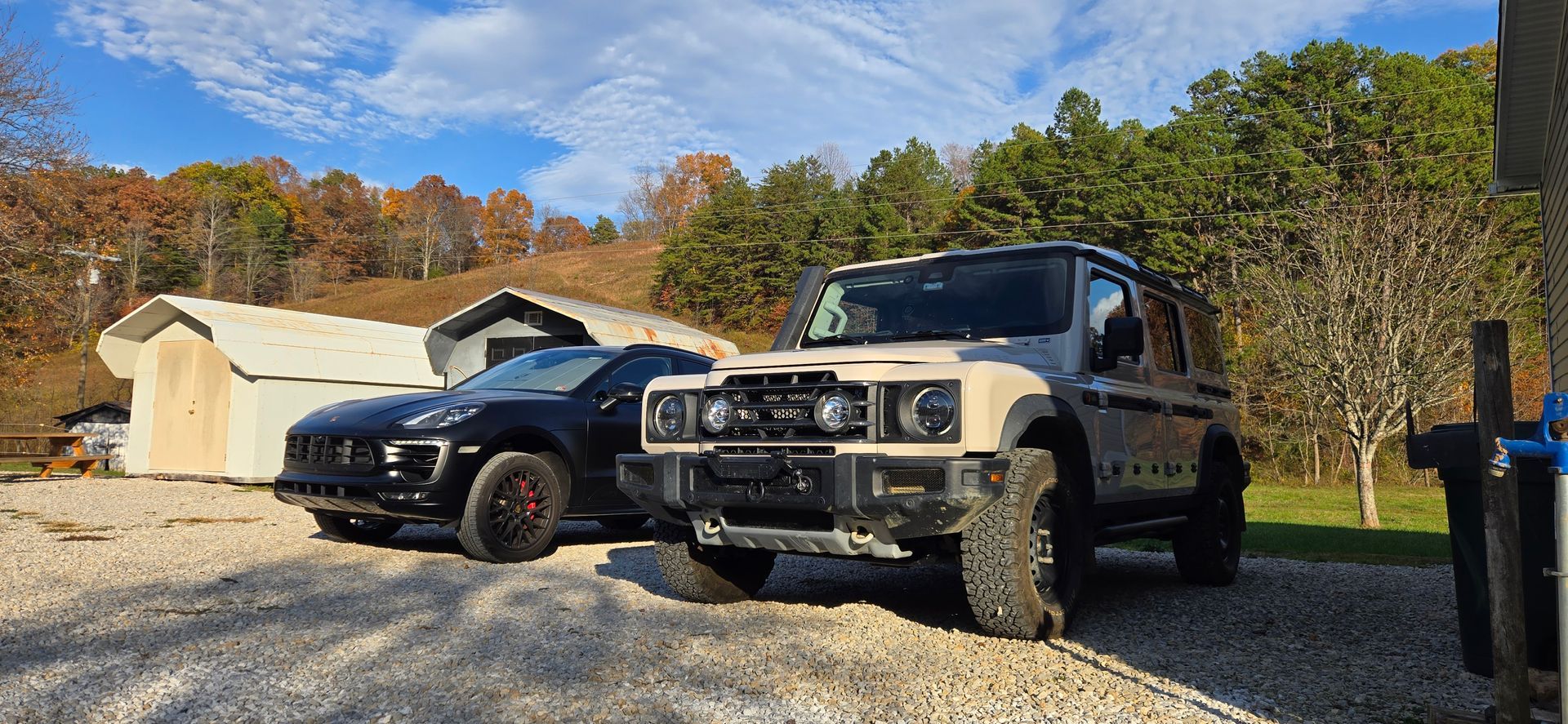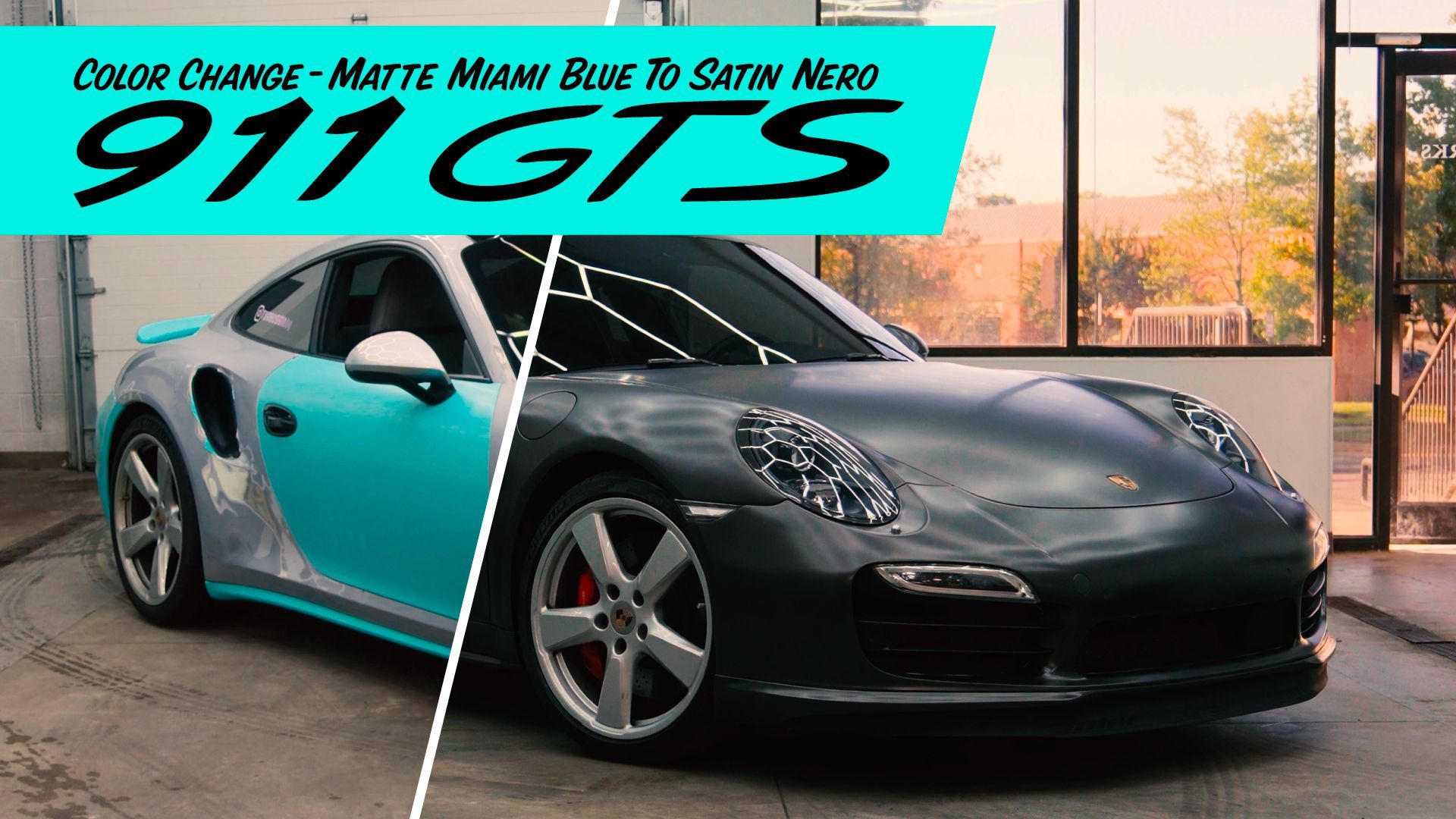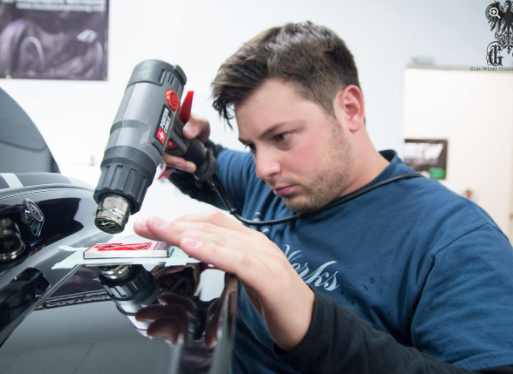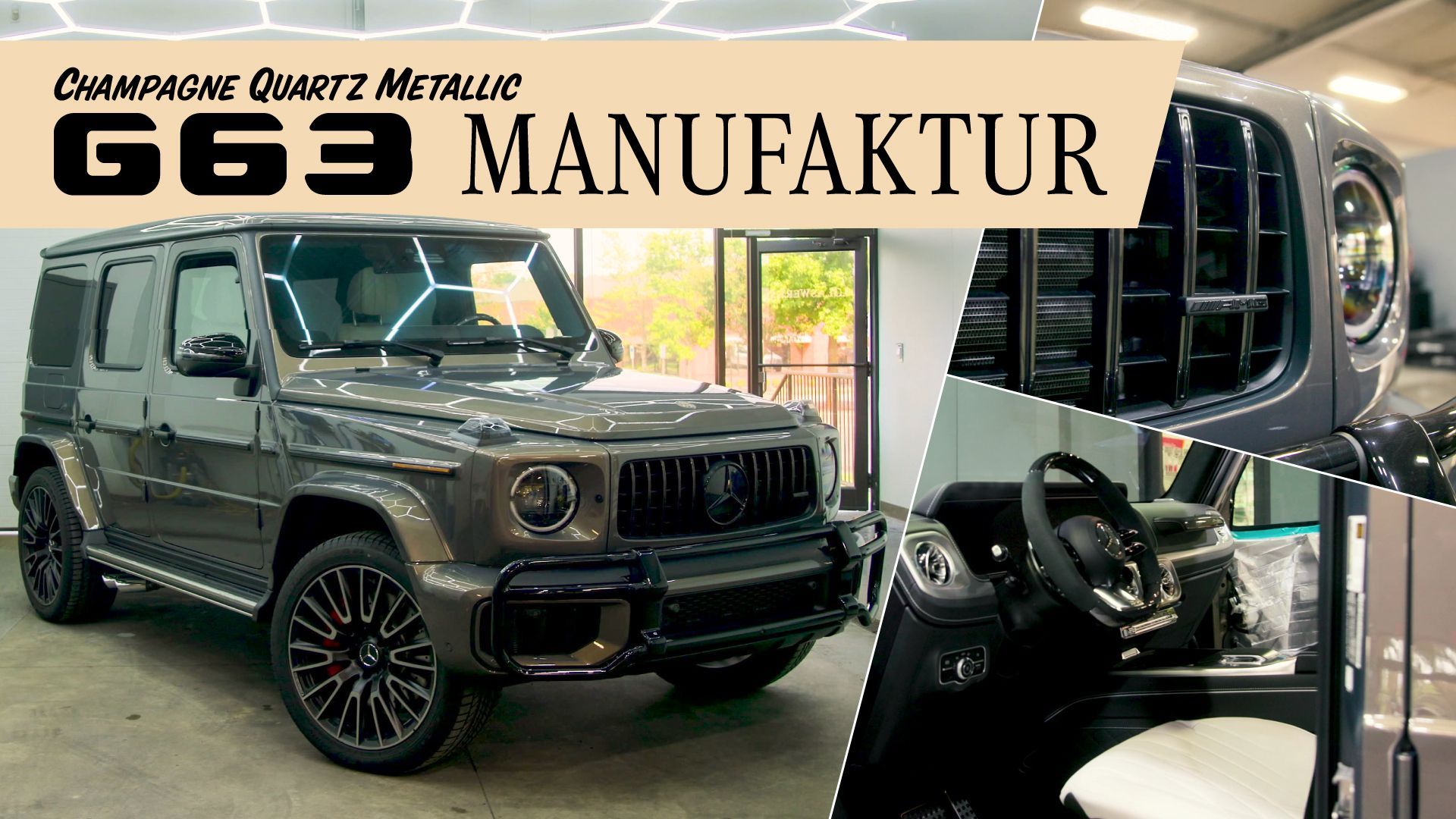As a car owner, you're likely always looking for ways to protect your investment and reduce long-term costs. Whether you drive a luxury vehicle, a reliable commuter, or a cherished classic, maintaining your car’s appearance and integrity can quickly add up. From paint chips to fading and scratches, environmental elements can take a toll on your car’s exterior, often resulting in expensive repairs. Fortunately, there's a smart solution that helps cut down on those repair costs and keeps your car looking fresh—Paint Protection Film (PPF).
In this article, we’ll explore how PPF saves money on vehicle maintenance, protects your car's paint, and simplifies your maintenance routine by reducing the need for costly repairs and touch-ups.
What Is Paint Protection Film (PPF)?
Paint Protection Film, commonly known as PPF, is a clear, durable film that is applied to the painted surfaces of your vehicle to protect it from damage. Made from advanced polyurethane, PPF acts as a barrier against chips, scratches, stains, and other environmental contaminants. It helps absorb the impact of minor abrasions and shields your vehicle’s paint from harmful elements like road debris, bird droppings, tree sap, UV rays, and harsh weather conditions.
Not only does PPF protect your car’s exterior, but it also helps maintain its visual appeal by preventing blemishes and keeping the paint looking brand new. PPF can be applied to specific areas like the hood, bumpers, side mirrors, and door edges, or it can cover your entire vehicle for comprehensive protection.
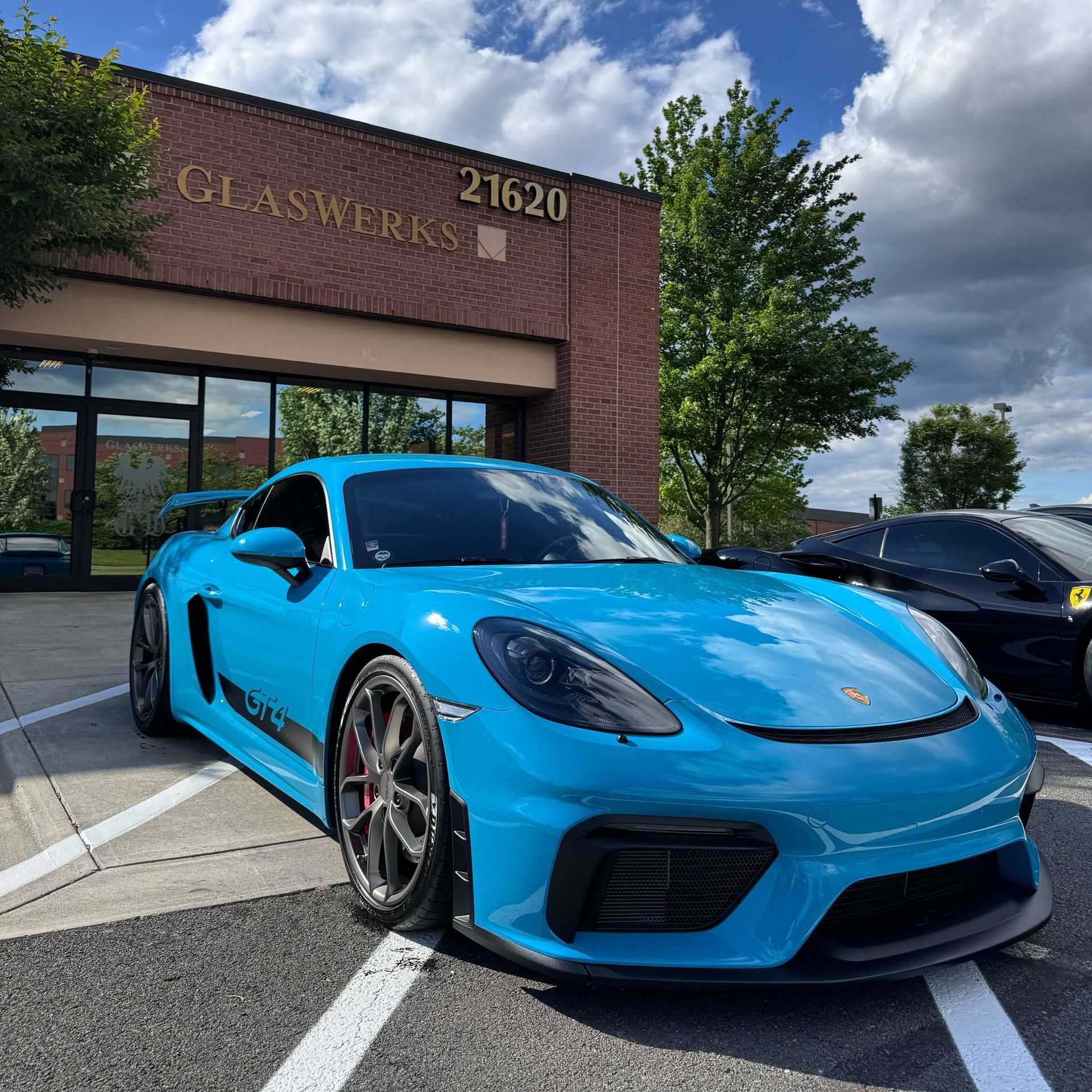
How Does PPF Save You Money?
While the initial investment in PPF might seem like a significant expense, it actually pays off by protecting your vehicle and minimizing the need for expensive repairs and ongoing maintenance. Below, we’ll dive into the specific ways PPF helps reduce long-term vehicle upkeep costs, making it a smart financial decision for any car owner.
1. Minimizes Paint Chips and Scratches
Paint chips and scratches are some of the most common and frustrating issues vehicle owners face. Whether it's caused by rocks, road debris, or even accidental door dings, these imperfections can lead to expensive repairs. Repainting can cost hundreds of dollars, and often, the new paint won’t match the original finish perfectly.
PPF creates a protective barrier between your car’s paint and the environment. It absorbs the impact from small rocks and debris, preventing chips and scratches from marring the surface. Plus, PPF is self-healing, meaning that minor scratches and swirl marks often disappear when exposed to heat, reducing the need for repairs and saving you money on paint touch-ups.
2. Protects Against Environmental Damage
Your vehicle is constantly exposed to the elements—bird droppings, tree sap, road salts, bug splatter, and more. These contaminants can cause stains, etchings, and other damage to your car's paint if left untreated. And in many cases, cleaning off these contaminants requires expensive detailing or even repainting.
PPF helps to protect your car from these environmental hazards. The film forms a strong, transparent barrier that makes it easier to clean off contaminants without harming your vehicle’s paint. This not only reduces the need for frequent professional detailing but also helps you avoid costly repairs caused by environmental exposure.
3. Reduces the Need for Repainting
Repainting your vehicle can be a major financial burden, both in terms of time and money. It can also lower your car’s resale value if not done correctly. PPF serves as an invisible shield that helps preserve your car's original paint. It protects against fading, discoloration, and wear caused by UV rays, oxidation, and exposure to the elements.
Over time, UV rays can cause your car's paint to fade, especially in areas frequently exposed to the sun, like the hood and roof. PPF acts as a UV barrier, blocking harmful rays and preventing paint from fading. By maintaining the color and vibrancy of your vehicle’s exterior, PPF helps you avoid the cost of repainting, saving you money in the long term.
4. Saves on Frequent Detailing
Regular car detailing is essential for maintaining your car's shine and paint. However, the costs of washing, waxing, and polishing can add up quickly. While PPF won’t eliminate the need for regular washes, it will make them much easier and less frequent.
Thanks to the hydrophobic properties of PPF, water, dirt, and other contaminants have a harder time sticking to your car’s surface. This means your car stays cleaner for longer periods. The film also makes it easier to wash and maintain, reducing the need for frequent detailing services and saving you money on maintenance products and professional detailing.

5. Increases Resale Value
When the time comes to sell or trade in your vehicle, the condition of the paint plays a significant role in determining its resale value. Cars with chipped, scratched, or faded paint often have a reduced resale value, which can cost you hundreds—or even thousands—of dollars.
PPF helps preserve your car's paint, keeping it looking fresh and free from imperfections. Vehicles with well-maintained paint tend to have higher resale values, making PPF an excellent investment if you plan to sell or trade in your car down the line.
6. Low Maintenance, High Protection
Unlike traditional protection methods like waxing, which require frequent reapplications, PPF is a long-term solution. Once applied, PPF can last anywhere from 5 to 7 years, depending on the quality of the film and how well it’s maintained. This makes it a cost-effective option for long-term paint protection.
PPF is also resistant to chemical damage, meaning it won’t break down or degrade from exposure to cleaning products or environmental pollutants. This durability means you won't have to worry about reapplications or repairs, saving both time and money.
7. Prevents Costs Associated with Minor Accidents
Minor accidents, such as fender benders or parking lot dings, can cause costly paint damage. While PPF may not prevent all types of damage, it does act as an extra layer of protection, absorbing the impact and preventing the damage from reaching the paint.
For everyday bumps and scrapes, PPF can help prevent the need for expensive touch-ups or repainting, making your car more resilient to minor accidents and helping you avoid costly repairs.
Maximize Your Savings and Vehicle Protection with PPF
While Paint Protection Film (PPF) may seem like an added upfront expense, it ultimately saves you money in the long run. By preventing paint chips, scratches, and fading, PPF reduces the need for costly repairs and repainting. It also helps keep your car looking pristine, reducing the frequency of detailing and saving you on maintenance costs.
If you're looking for an effective, low-maintenance solution to protect your car and save money, PPF is an excellent choice. It not only enhances the longevity and appearance of your vehicle, but it also offers practical, long-term protection against a variety of damaging elements. By investing in PPF, you're ensuring that your car stays in great shape while saving money on upkeep and repairs.
At
GlasWerks DMV, we understand the value of keeping your vehicle protected. Our high-quality PPF services offer long-lasting protection that minimizes your overall maintenance expenses. By choosing PPF with GlasWerks DMV, you're making a smart decision for both your vehicle’s appearance and its longevity. Protect your car today and enjoy hassle-free maintenance for years to come.
